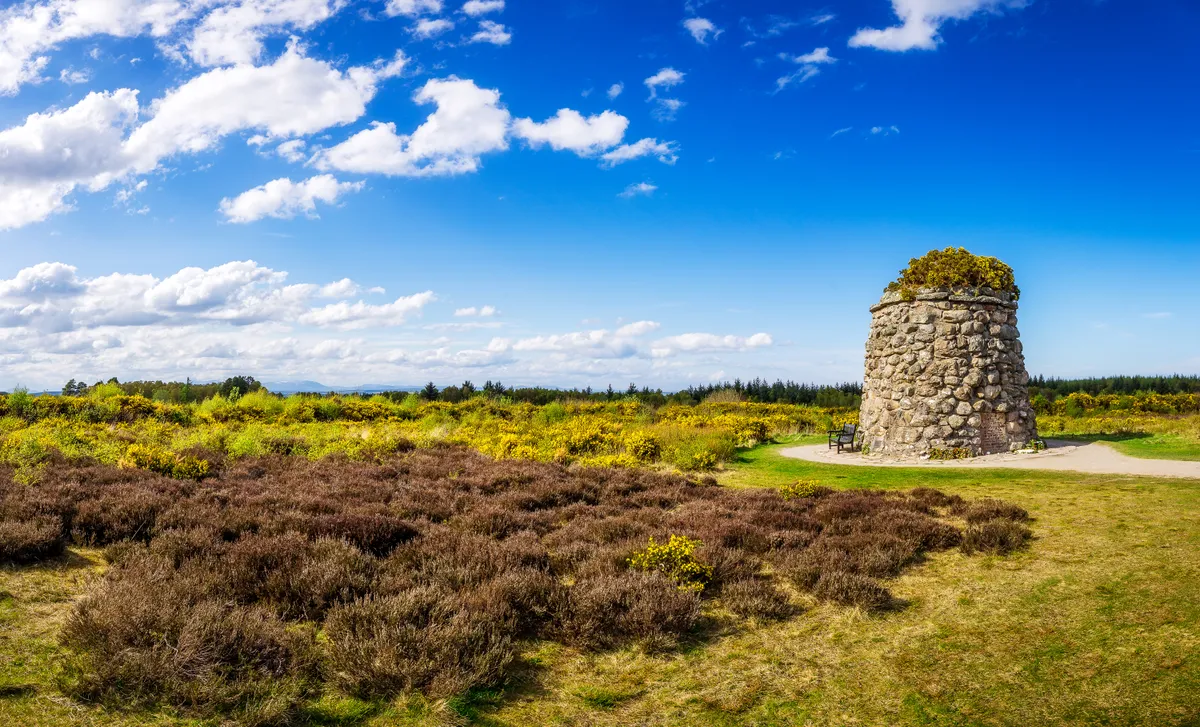The British countryside is home to hundreds of ancient battlefields – all of which played an important role in shaping the political history and identity of Britain.
Many of Britain's battlefields are well known, such as Hastings and Cullen, but each provide a poignant link to our past and a reminder of how the Britain we known today was forged on the battlefield.
Here is our guide on the best historic battle sites to visit in the UK, with a brief look at the history of each bloody battle.
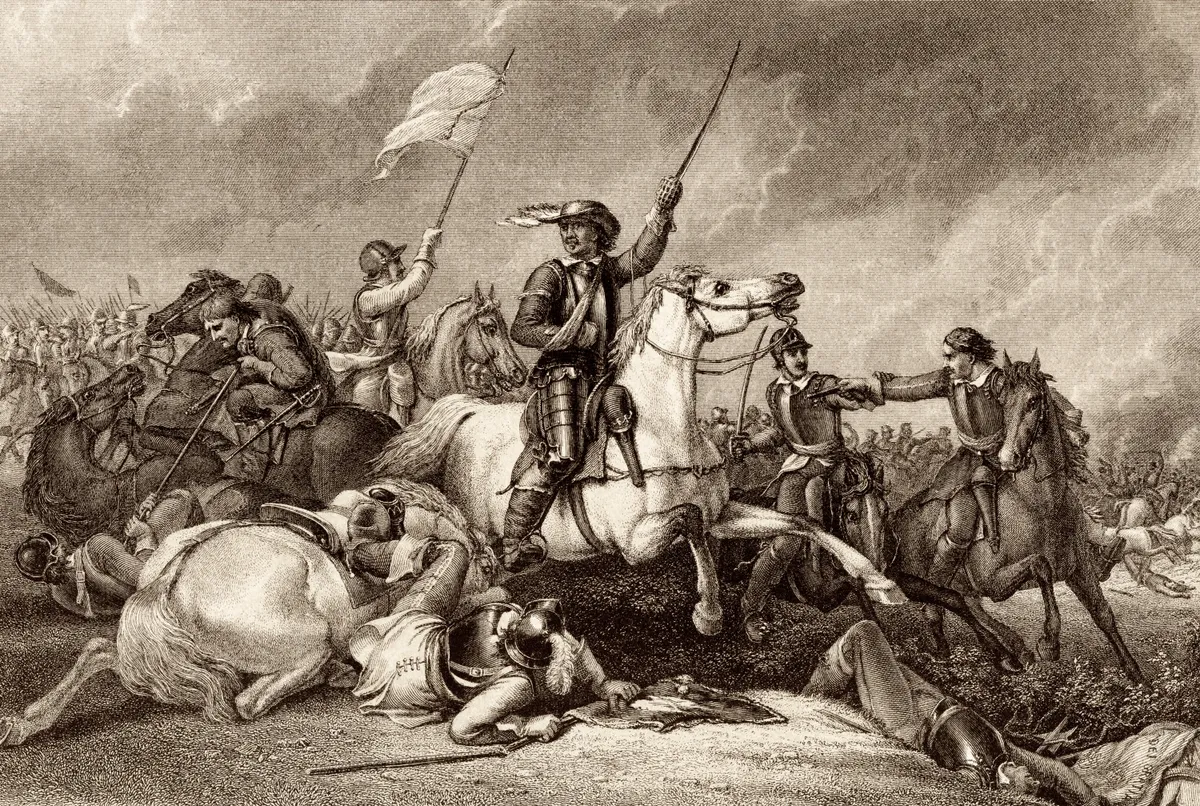
How many battlefields are there in the UK?
According to the Battlefields Trust, in England there are more than 500 historic battlefields and sites of conflict, dating from before the Roman Conquest (AD43) through to the Jacobite risings of the 18th century.
In 2017 the Welsh government released an inventory detailing records of more than 700 battlefields in Wales. In Scotland a 2012 inventory recognised 39 official battlefields but in 2019 an inventory is currently ongoing to determine if there were more.
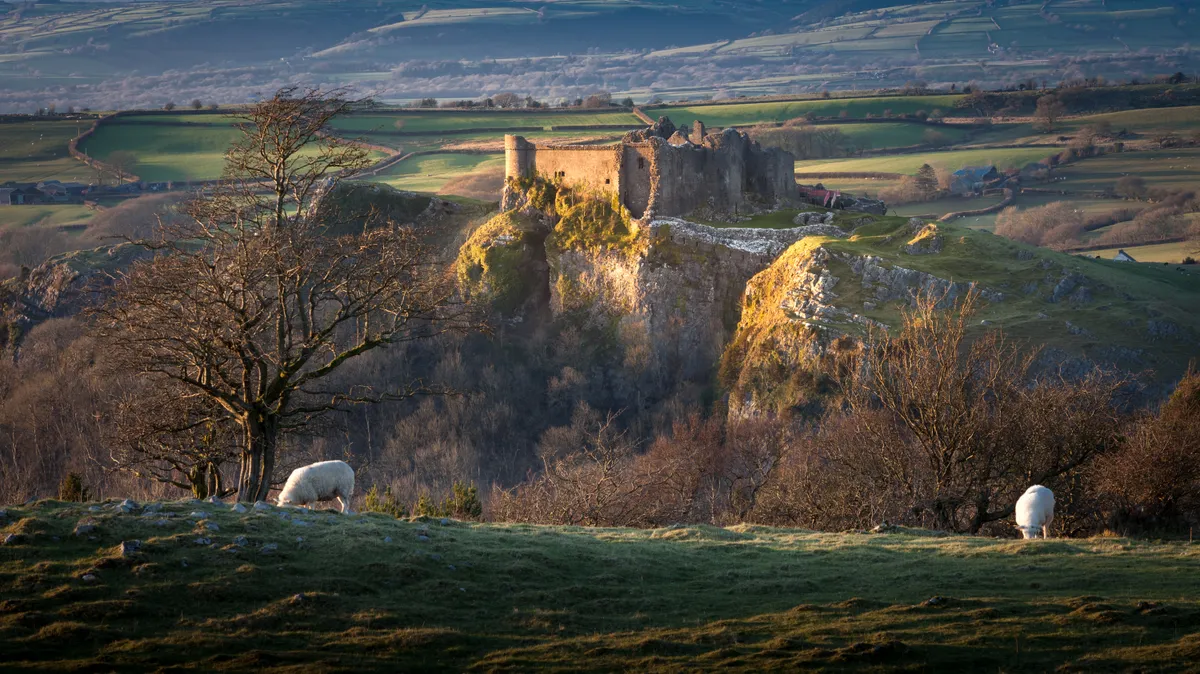
Britain's best battlefields to visit
1
Battle of Maldon, 11 August 991 AD, Essex
It is hard to imagine that the bloodthirsty Battle of Maldon took place on the peaceful shores of the River Blackwater in Essex.
One of the finest battle poems in English literary history is The Battle of Maldon, which describes a fierce unprovoked Viking attack on the Anglo-Saxons in Essex in 991. Viking longboats landed on Northey Island, located in the mouth of the Blackwater Estuary. The Vikings were protected by the causeway adjoining to the mainland which disappears at high tide.
In the poem, a Viking messenger goes to the mainland to offer the English leader Byrhtnoth peace if he agrees to pay a tribute. Byrhtnoth refuses, instead fighting for his land and king Æthelred. Byrhtnoth dies in the heat of battle, urging his men onwards. But without their leader, the Anglo-Saxons retreat, and with brutal losses on both sides, the Vikings claim victory.The Battle of Maldon led to Anglo-Saxon England becoming incorporated for a quarter of a century into a Scandinavian empire.
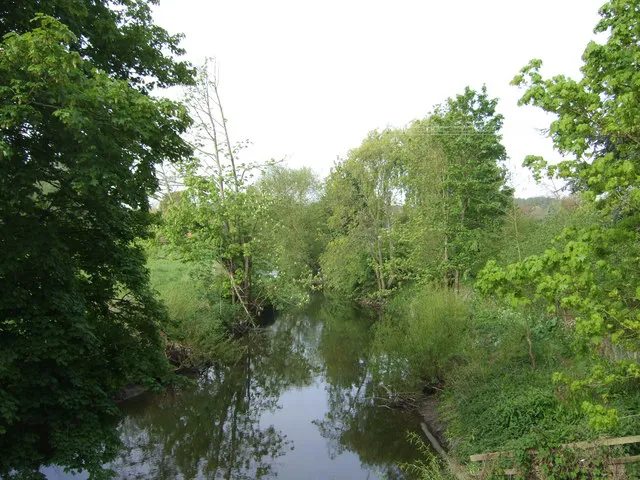
2
The Battle of Hastings, 14 October 1066, East Sussex
In 1066 the Sussex downs were host to the defeat of King Harold by William the Conqueror, an event that changed the shape of England beyond measure. Visit Battle Abbey’s meadows where the conflict raged, or Pevensey Castle where the Duke of Normandy landed his troops. www.english-heritage.org.uk
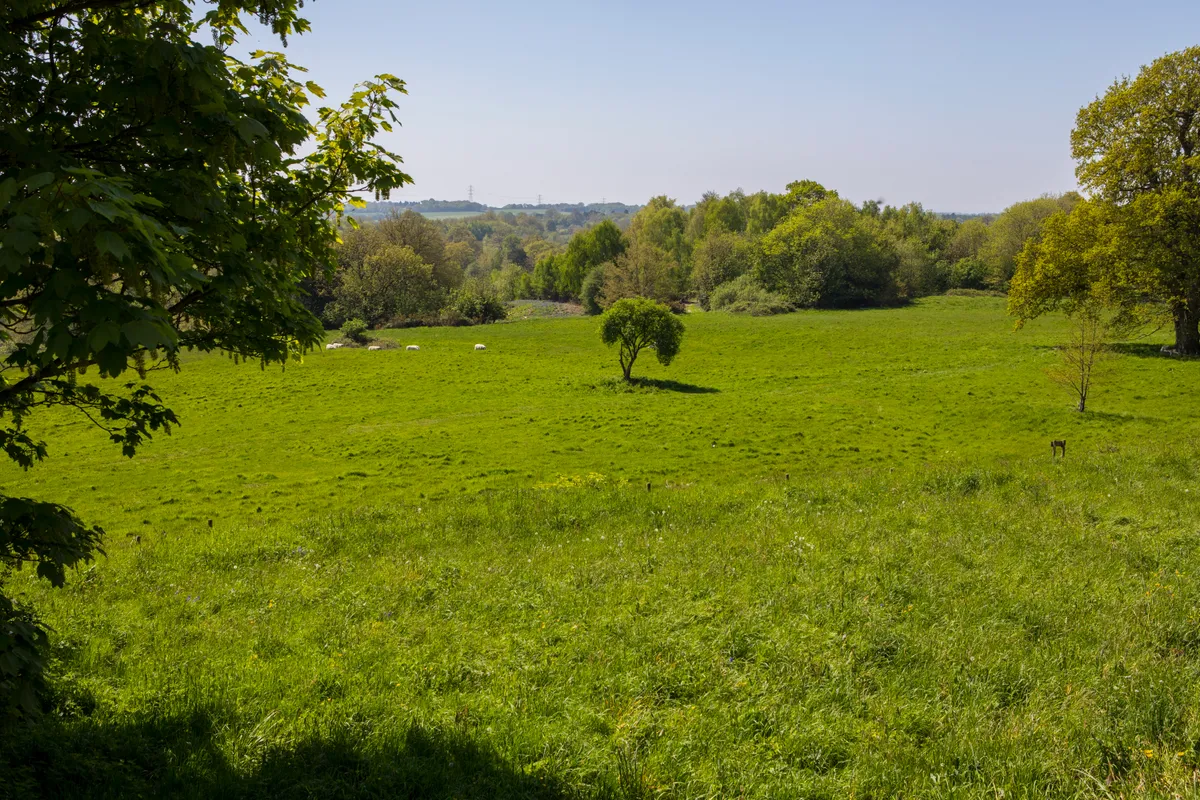
3
The Battle of Stirling Bridge, 11 September 1297, Stirling
This victory allowed commoner William Wallace to achieve the status of Guardian of Scotland, which in turn led him to be Hanged Drawn and Quartered eight years later. He roused the people of the Highlands to heroically defeat the English army. Explore by incorporating the ‘Back Walk & Gowanhill’ route. www.battlefieldsofbritain.co.uk
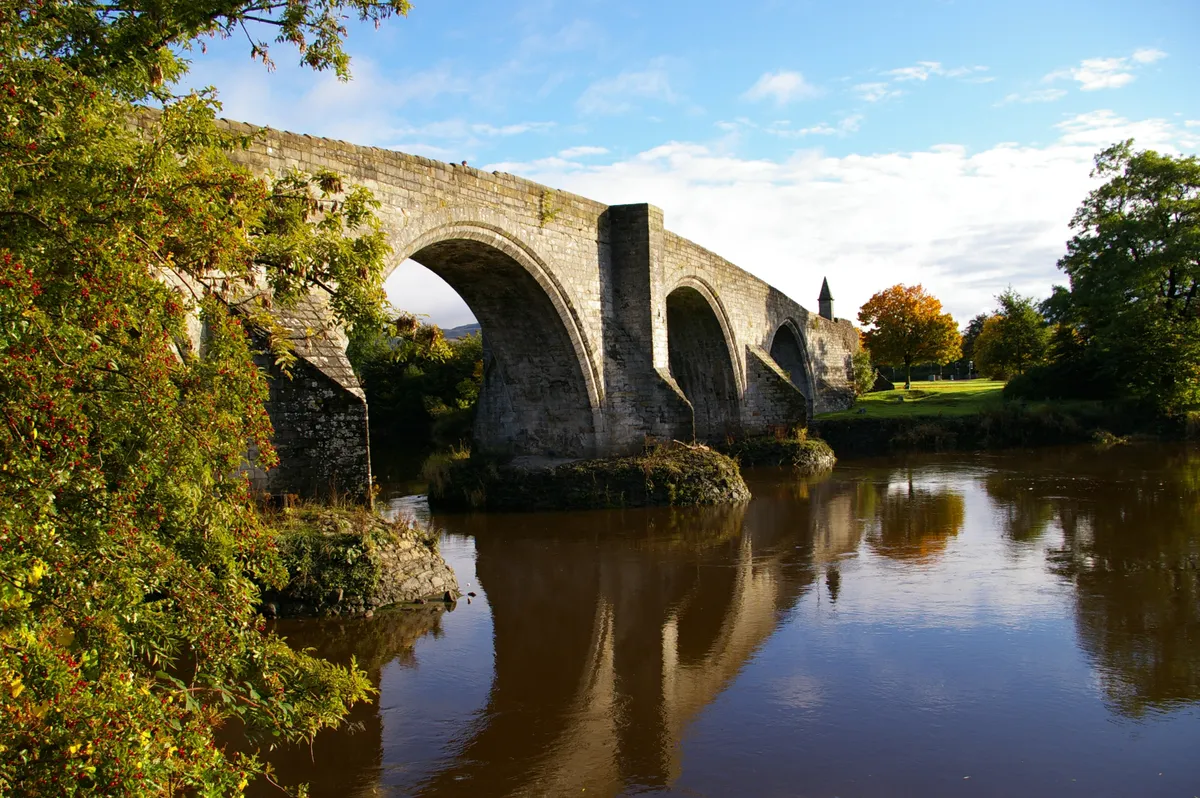
4
The Battle of Towton, 29 March 1461, North Yorkshire
In the Wars of the Roses, this now peaceful pasture was home to England’s bloodiest battle. The Yorkists devastated the Lancastrian side. Amid snowfall they were driven into the icy waters of the Cock Beck, leaving an estimated 20,000 dead. The Towton Battlefield Society run informative walks throughout the year. www.towton.org.uk
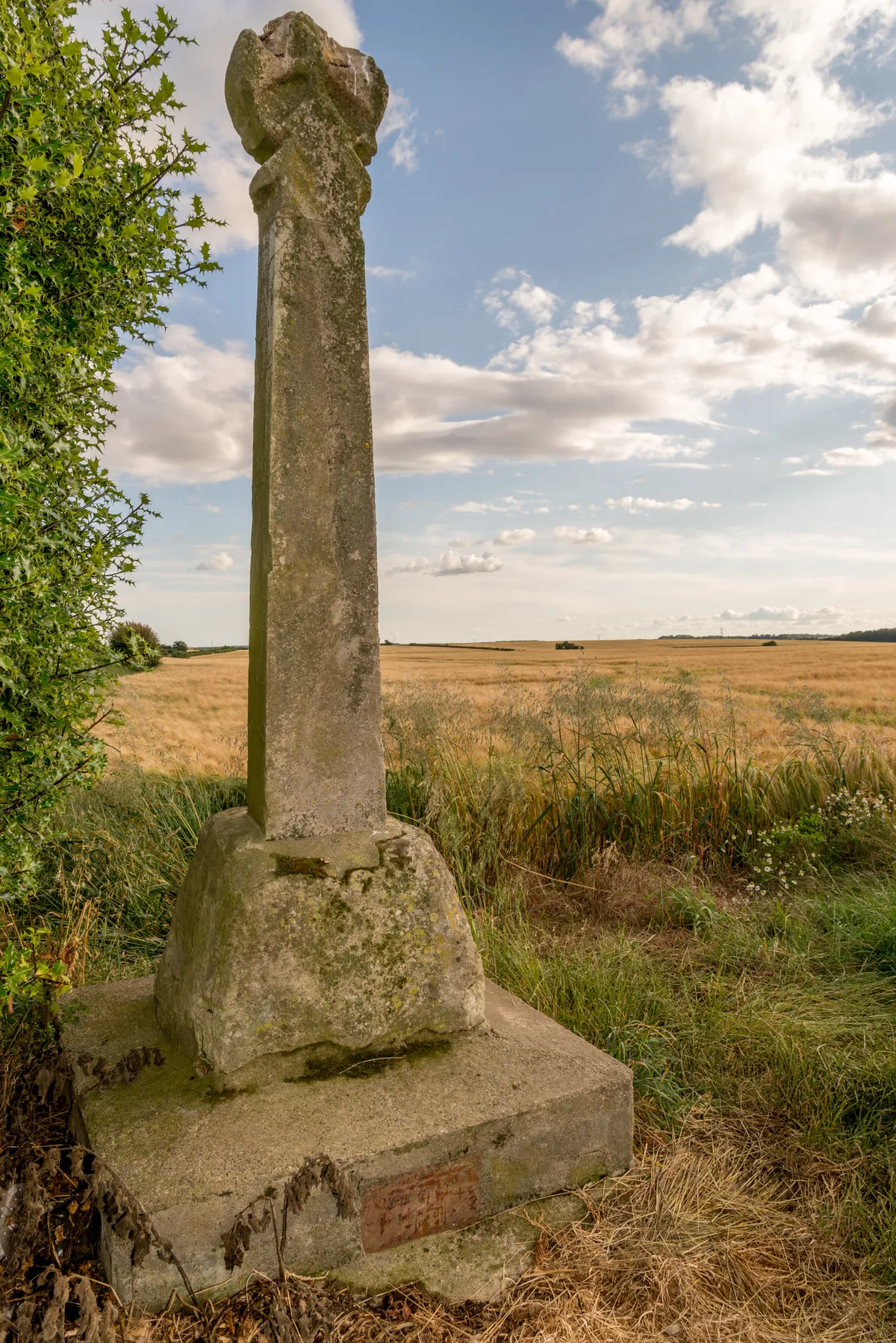
5
Battle of Bosworth Field, 22 August 1485, near Ambion Hill, Leicestershire
Richard III lay helpless in a muddy field, encircled by Tudor enemies. It was at this poignant minute that Shakespeare penned the Duke of York’s final utterance ‘a horse, a horse, my kingdom for a horse!’
In the red corner is Henry Tudor representing the house of Lancaster and in the white corner is Richard III, fighting for the house of York in the turbulent slice of English history known as the War of the Roses. Disloyalty to Richard weighed heavily in Henry Tudor’s favour, who had managed to convince some of the nobility to change allegiance or at least stand aside. The two armies marched over rough terrain for more than a week. When they finally converged at Bosworth in 1485, the weary soldiers were probably more in need of sleep than brutal combat.
Accounts say that Richard fought with force and determination, launching a formidable wall of 1,500 mounted knights towards the Tudor faction. Little did he know that he was charging towards his own death.
Once Richard had been slain, Henry Tudor was crowned King Henry VII on the field, ending the Wars of the Roses. Thus began the lengthy and prosperous Tudor reign.
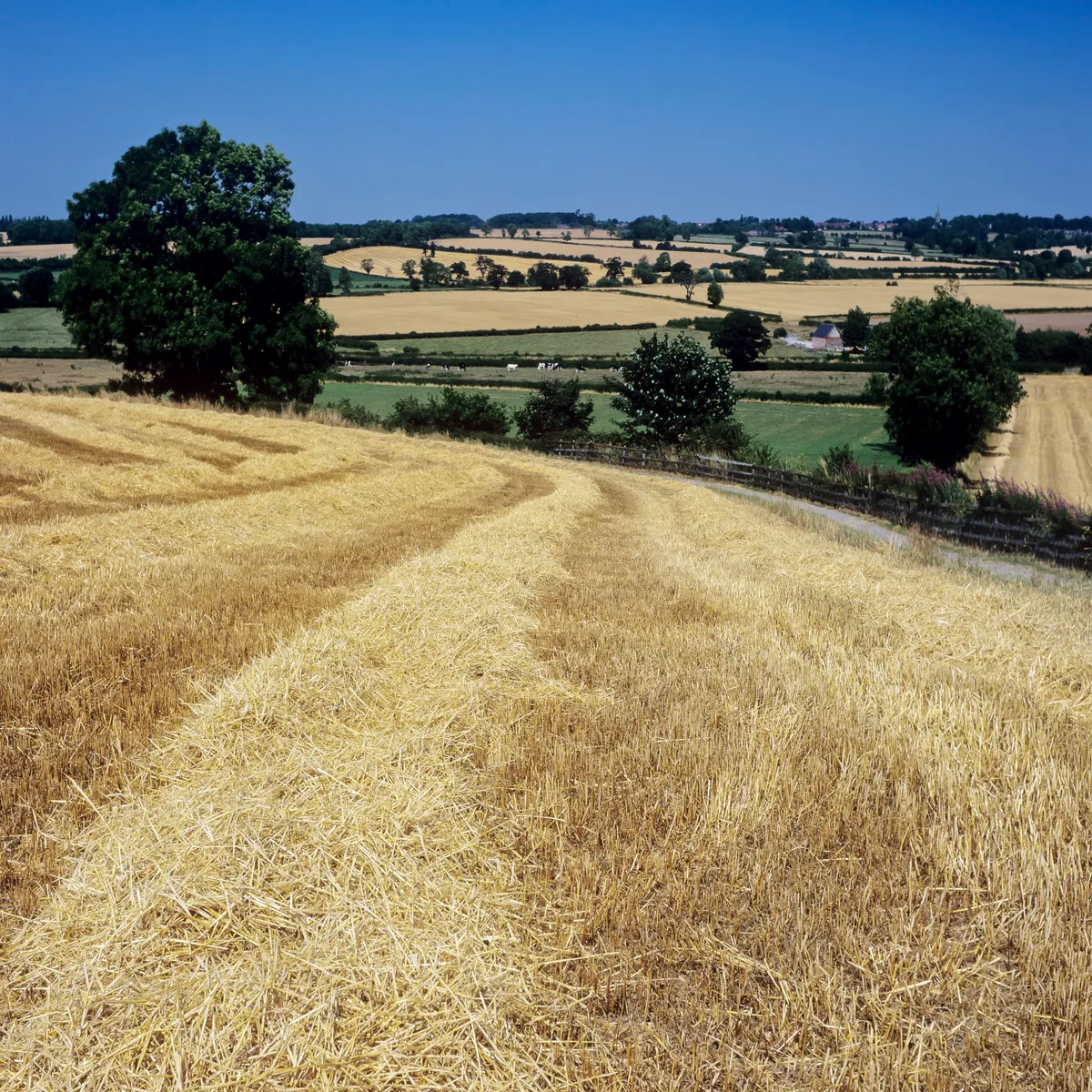
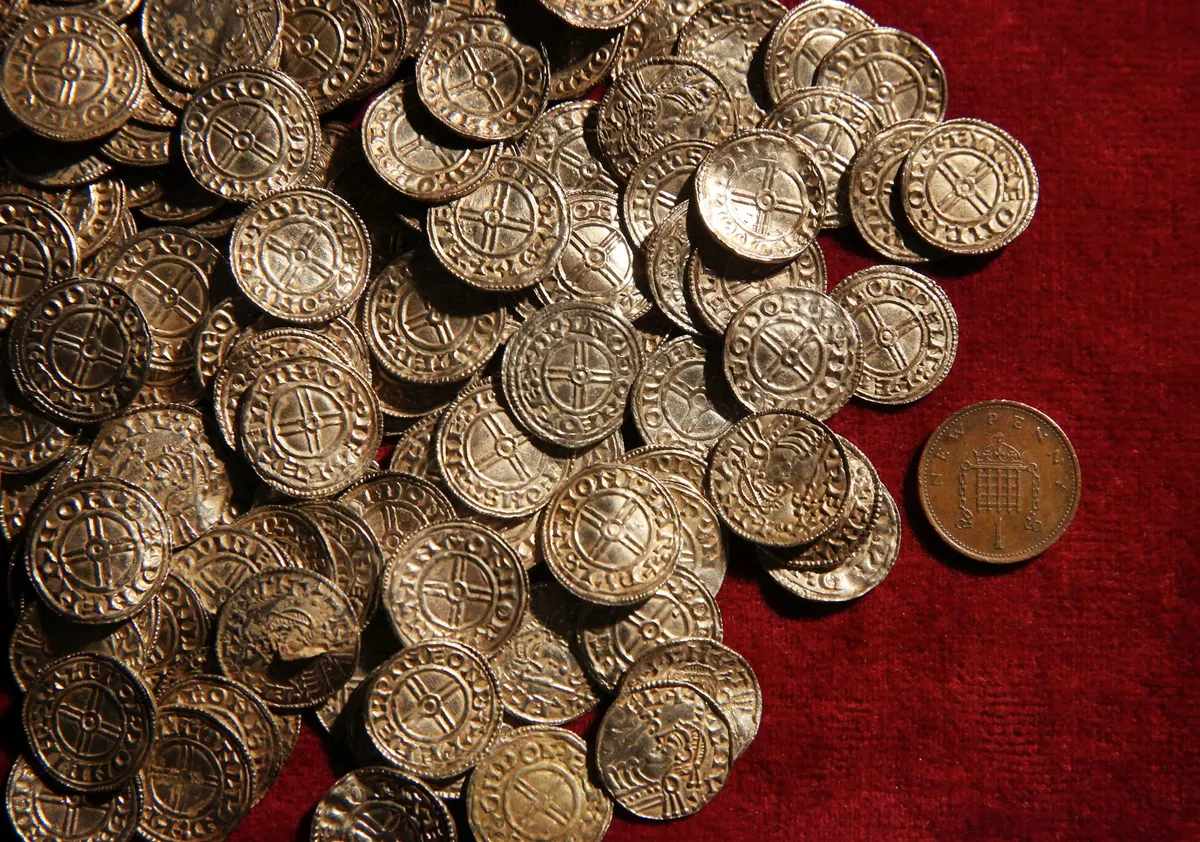
6
Battle of Flodden, 9 September 1513, Flooden Field, Branxton, Northumberland
Invoking the Auld Alliance, France and Scotland teamed up in this battle against England, proving that old grudges die hard. In the largest recorded battle of English history, King Henry VIII sent 70 year old Duke of Somerset, a veteran of Barnet and Bosworth, to assemble an astounding 26,000 men in Alnwick, Northumberland on the 4th September 1513.
The Scots and French, fighting for King James IV and King Louis XII, chose Branxton Hill's height as their vantage point. However, due partially to a bout of typical British weather, their advantage became their downfall as soldiers slipped and slid their way to defeat. Scottish losses are estimated from 10,000 to 17,000 and crucially included the death of King James IV. Years of political instability in Scotland followed.
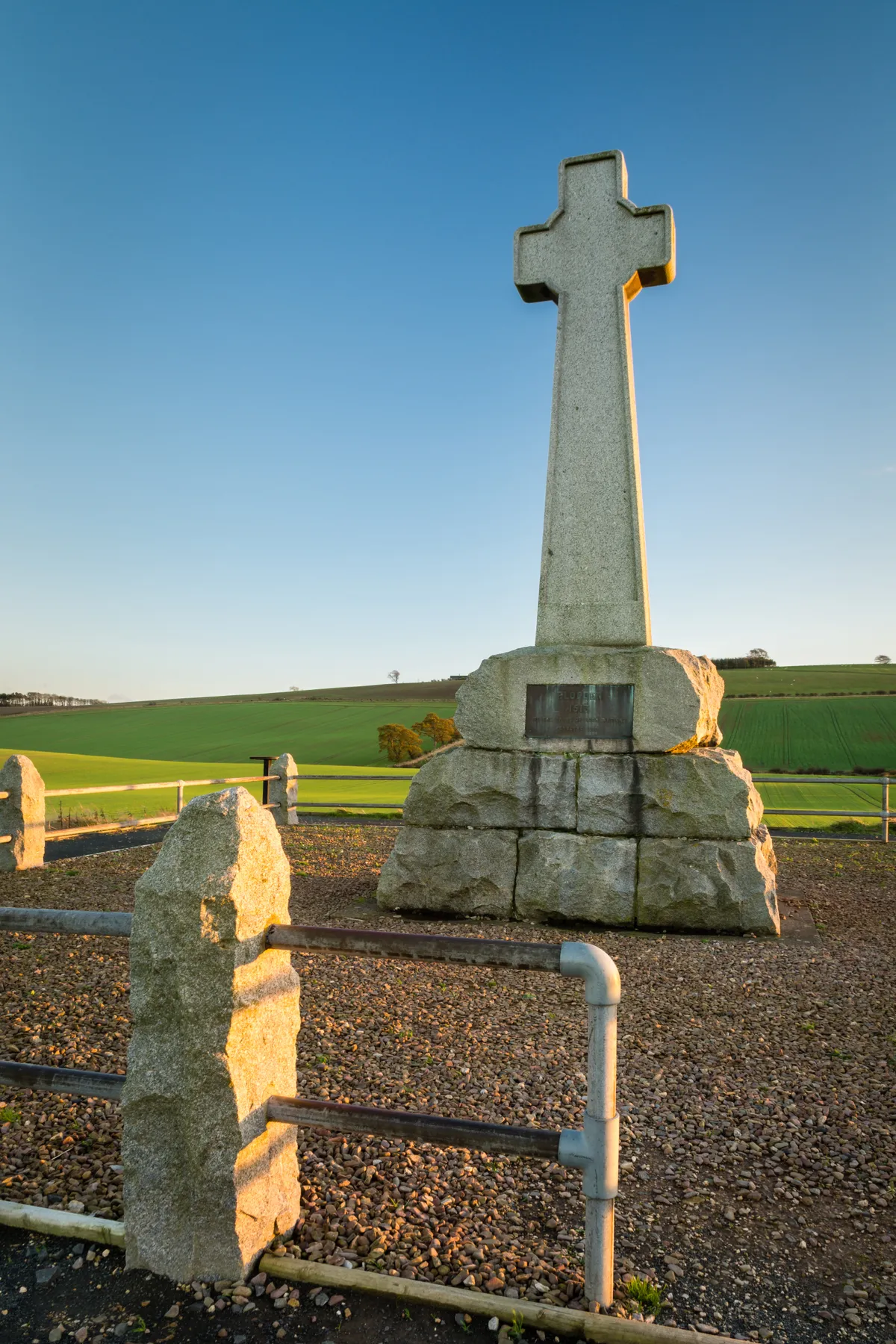
7
Battle of Edgehill, 23 October 1642, Edge Hill, Warwickshire
At three o’clock on Sunday 23rd October, 1642, the English Civil War tumbled into action, in an unscheduled meeting of King Charles I’s Royalists versus Robert Devereux’s Parlimentarians. 13,500 Cavaliers were pitted against 12,500 Roundheads.
With orange scarves adorning Royalist waists and red for the Parliamentarians, war waged inconclusively for three hours, with both sides suffering heavy losses. Long after the last dregs of the dragoons had retired into the night, strange ghostly sounds from the battlesite were heard by shepherds and peasants. A Royal Commission sent by an unnerved King Charles investigated the field where they reported screams of the dying, clashes of armour and eerie echoes of canons.
Follow the battlefield trail from Radway village in Warwickshire.
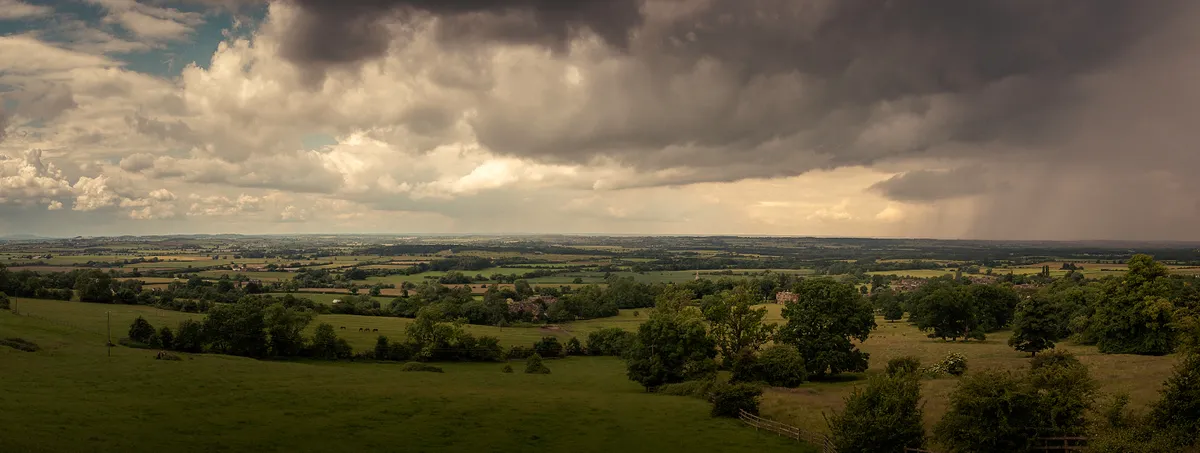
8
The Battle of Marston Moor, 2 July 1644, West Riding, Yorks
Allegedly the largest conflict fought on English soil, it brought Cromwell’s abilities to the fore and proved a turning point in the course of the Civil War. Attend the guided walk on Marston Moor on 22 August, run by the York Archaeological Society as part of the York English Civil War Festival. www.battlefieldstrust.com
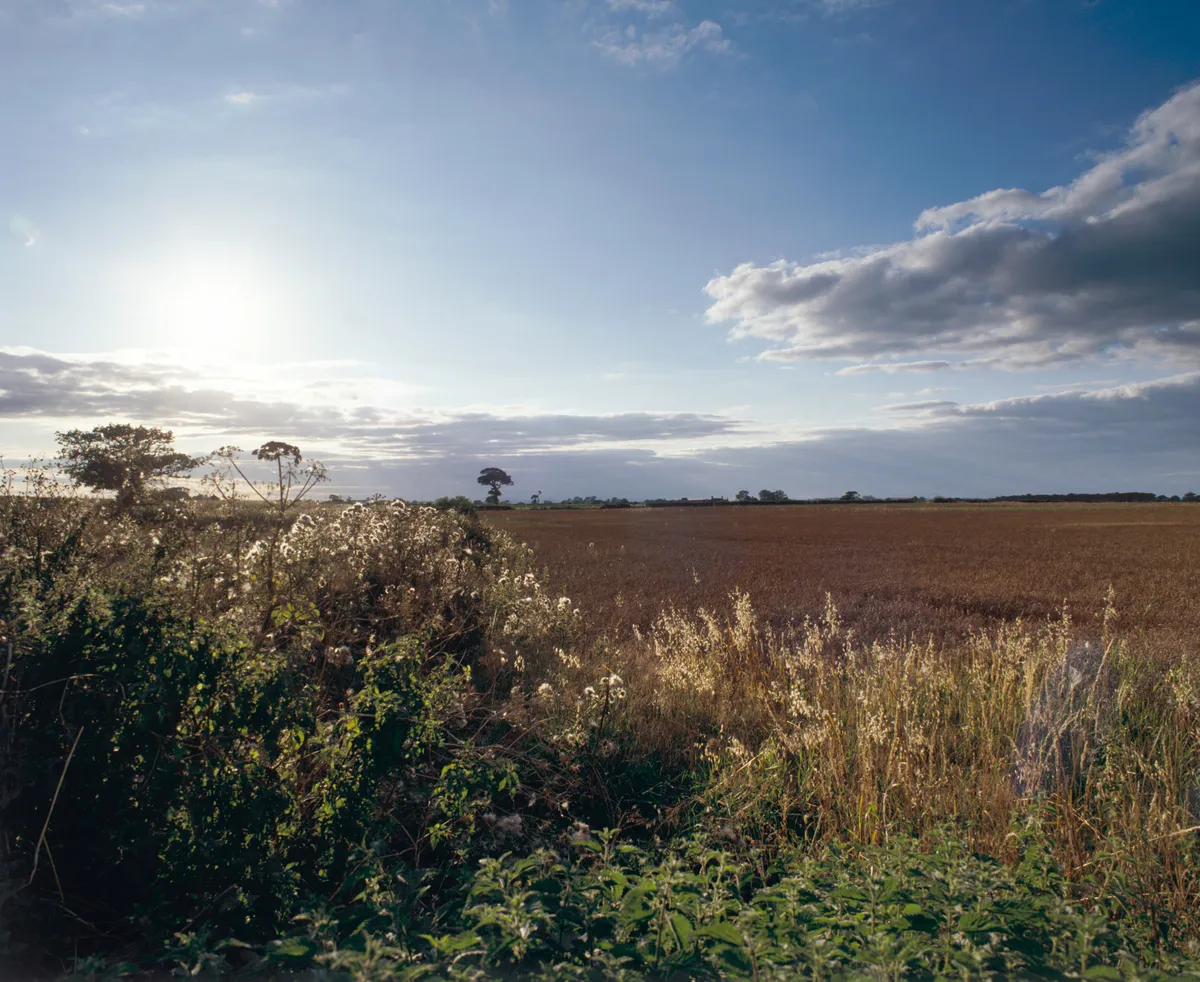
9
The Battle of Culloden, 16 April 1746, Inverness
Deep into Scottish territory, not two miles from where River Beauly broadens into the North Sea, lies Drumossie Moor. It’s home to the 1746 Battle of Culloden, the last full-scale battle to take place on British soil.
Charismatic Charles Stuart, the Young Pretender, was battling desperately to keep the Stuarts on the throne. The Stuarts had risen to royalty in 1603 and were the first royals to combine the Scottish and English thrones.
Intense religious and political uproar led Charles’ Royalists into bloody collision with Oliver Cromwell’s Parliamentarians. Militarily inexperienced Charles initially deployed a defensive strategy. The plan backfired, instead allowing the opposition time to ready their weapons. By the time of the Royalist’s ferocious Highland charge, government artillery had generated a sea of destruction. At the end of a clash that lasted a mere one hour but saw 1,200 killed, the Stuart mob fled, resulting in a messy retreat and victory for Oliver Cromwell.
It was in this brooding landscape that Bonnie Prince Charlie and his Jacobite Army were crushed by the English Duke of Cumberland. His subsequent brutal pacification of the highlands earned him the name ‘The Butcher’. Largely preserved, it has a great centre run by National Trust Scotland. www.nts.org.uk/visit/places/culloden
